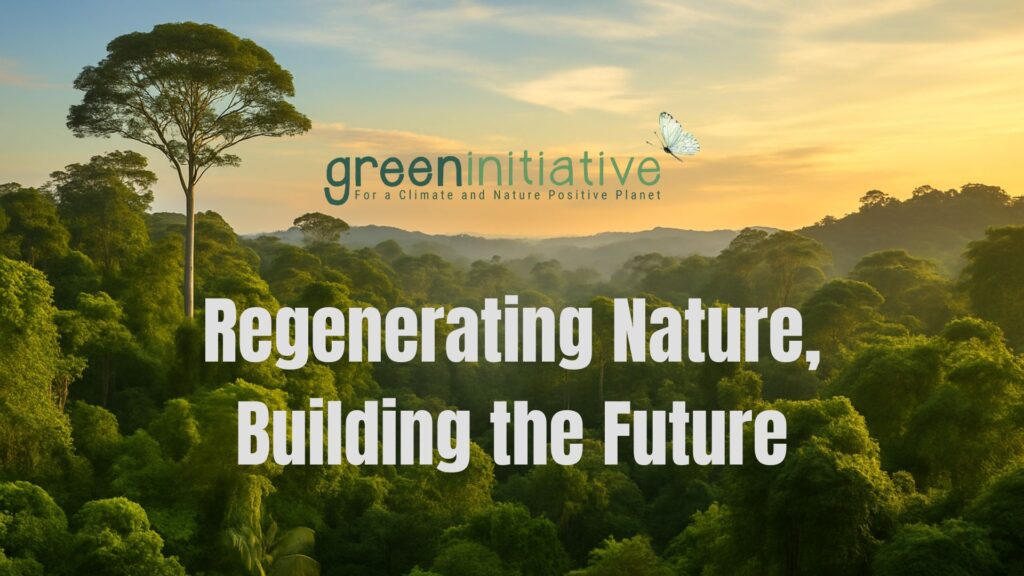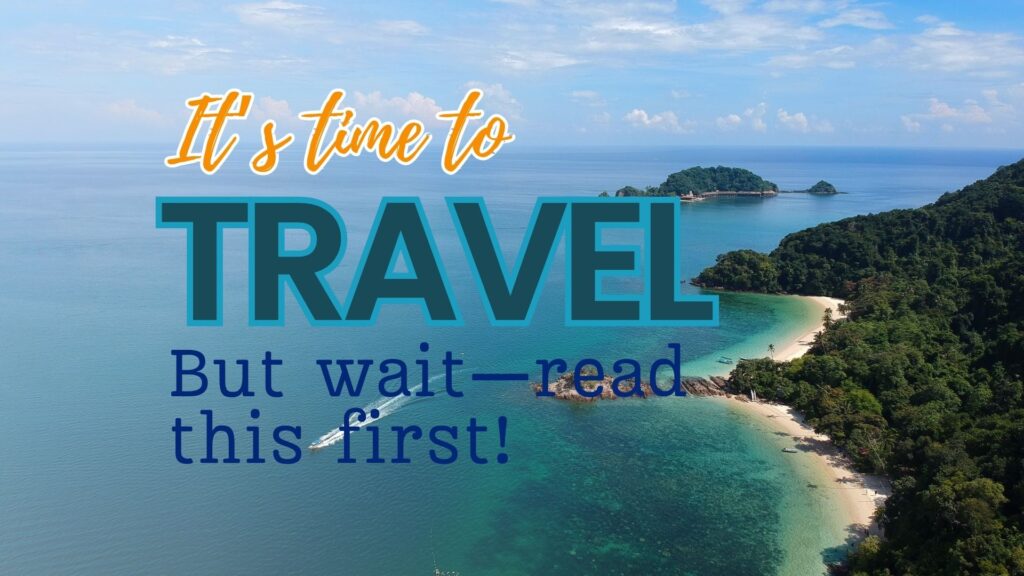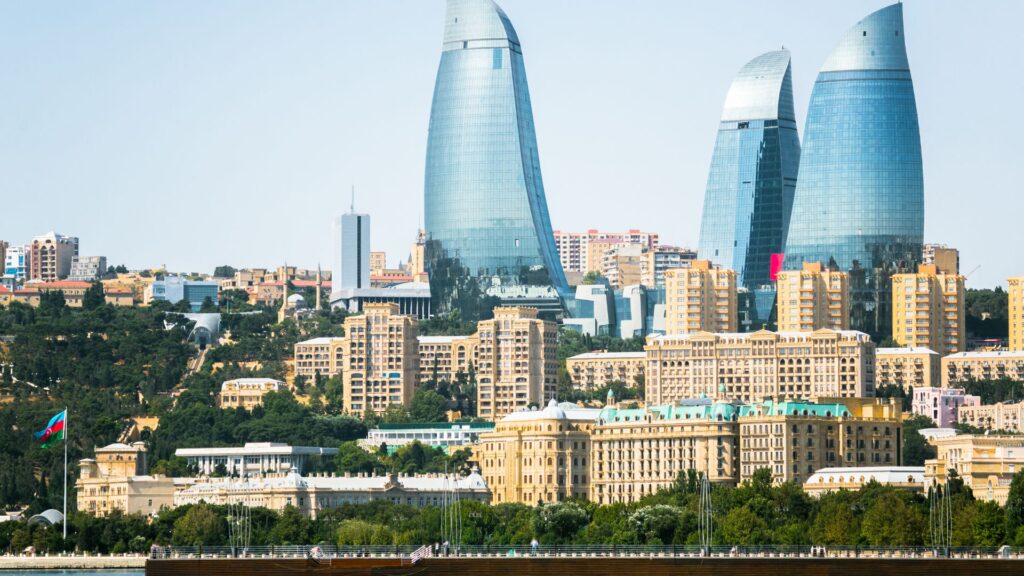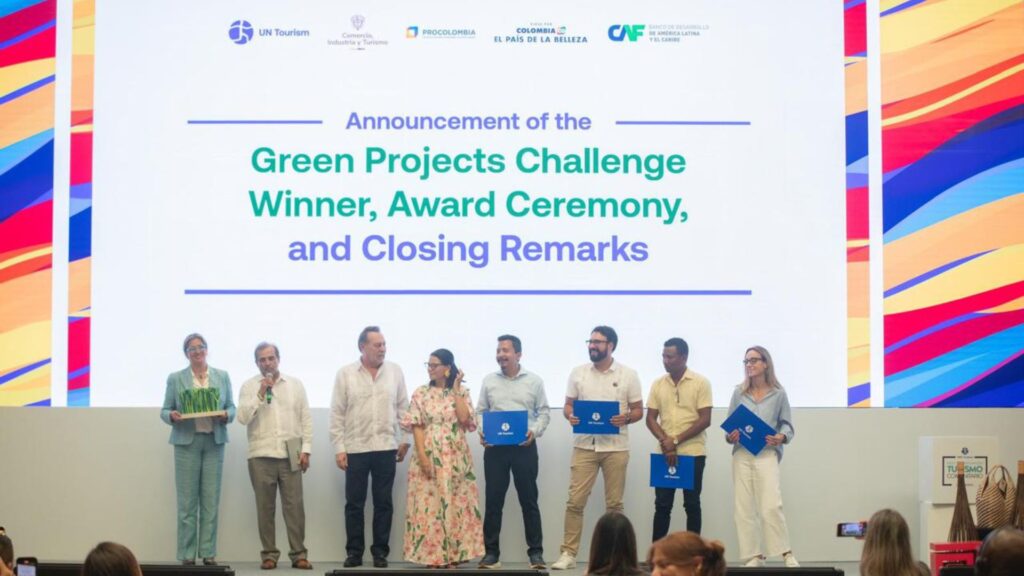Green Initiative’s Forest Friends Selected for the Economy of Francesco Extraordinary Ideas Global Call
We are proud to announce that our project Forest Friends: Catalyzing Social Change to Value, Conserve, and Restore Nature and Biodiversity has been officially selected for presentation at the Economy of Francesco Extraordinary Ideas for the Economy Global Event 2025. The call received many inspiring proposals from around the world, and our initiative stood out for its unique approach to connecting people everywhere with the positive impacts of ecosystem restoration, biodiversity protection, and climate action. About Forest Friends Forest Friends is an innovative web platform created by a multidisciplinary team at Green Initiative. It transforms environmental awareness into tangible regenerative action by allowing individuals, organizations, and students to: Forest Friends is proud to contribute to the global movement of the UN Decade on Ecosystem Restoration (2021–2030), which calls on everyone to prevent, halt, and reverse the degradation of ecosystems worldwide. By engaging individuals, organizations, and local communities in tangible restoration efforts, Forest Friends is turning this vision into measurable action — one tree, one project, and one partnership at a time. Our Gratitude to Partners This impact is possible thanks to strong partnerships. A heartfelt thank you to CEPA Study Abroad Programs, whose commitment has engaged students and university partners in planting over 9,900 native trees in Costa Rica’s Península de Osa. Through their support of student-led restoration with Fundación Saimiri and Green Initiative’s Forest Friends, CEPA is helping to regenerate one of the world’s most biodiverse regions, inspire the next generation of climate and nature stewards, and contribute directly to the goals of the UN Decade on Ecosystem Restoration. Likewise, we are deeply grateful to Tulu Travel, Swetours, Mapfre, WorldXChange, Luz del Sur, MSC Peru, Kuoda Travel, Inkaterra Hotels and Adidas Peru, that have suported tree-planting through Forest Friends, making ecological restoration a reality across Latin America. Their trust and commitment fuel our mission and impact. And a very special thank you goes to the individuals around the world who plant trees directly through forestfriends.eco. Together with our on-the-ground partners, these funders are helping regenerate biodiversity hotspots, empower local communities, and advance the goals of the UN Decade on Ecosystem Restoration, a global call to prevent, halt, and reverse ecosystem degradation.. Forest Friends also proudly collaborates with Inkaterra Asociación, advancing ecosystem restoration and biodiversity conservation in some of the world’s most important destinations, Peru. Together, we are building bridges between climate action, nature restoration, and community well-being. Global Recognition, Local Impact Being selected for the Economy of Francesco Extraordinary Ideas is more than recognition — it’s an opportunity to showcase Forest Friends before a global community of innovators, entrepreneurs, and changemakers who share a vision for a fairer, greener economy. This milestone strengthens our mission: to transform environmental awareness into measurable results that are climate positive, nature positive, and socially inclusive. What’s Next for Forest Friends Looking forward, Forest Friends will: 🌍✨ We believe that restoring nature means restoring hope. This achievement belongs to every partner, student, and supporter who has helped plant a tree, calculate a footprint, or shared our vision. 👉 Explore Forest Friends and join the movement: https://forestfriends.eco This article was written by Erika Rumiche from the Green Initiative team Related Reading










